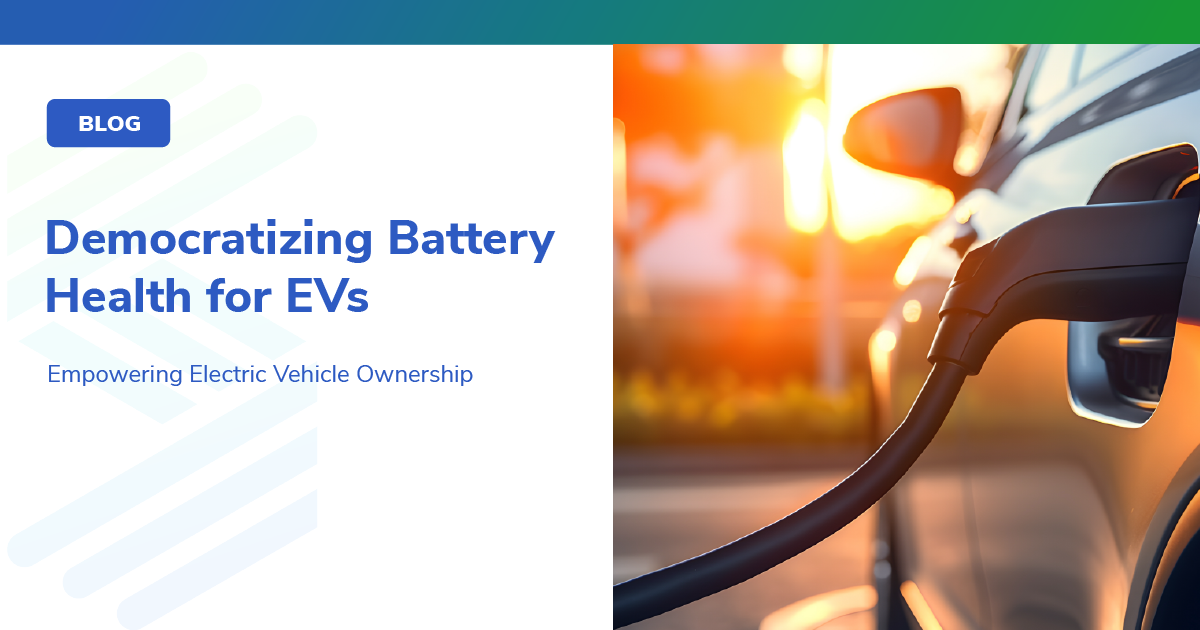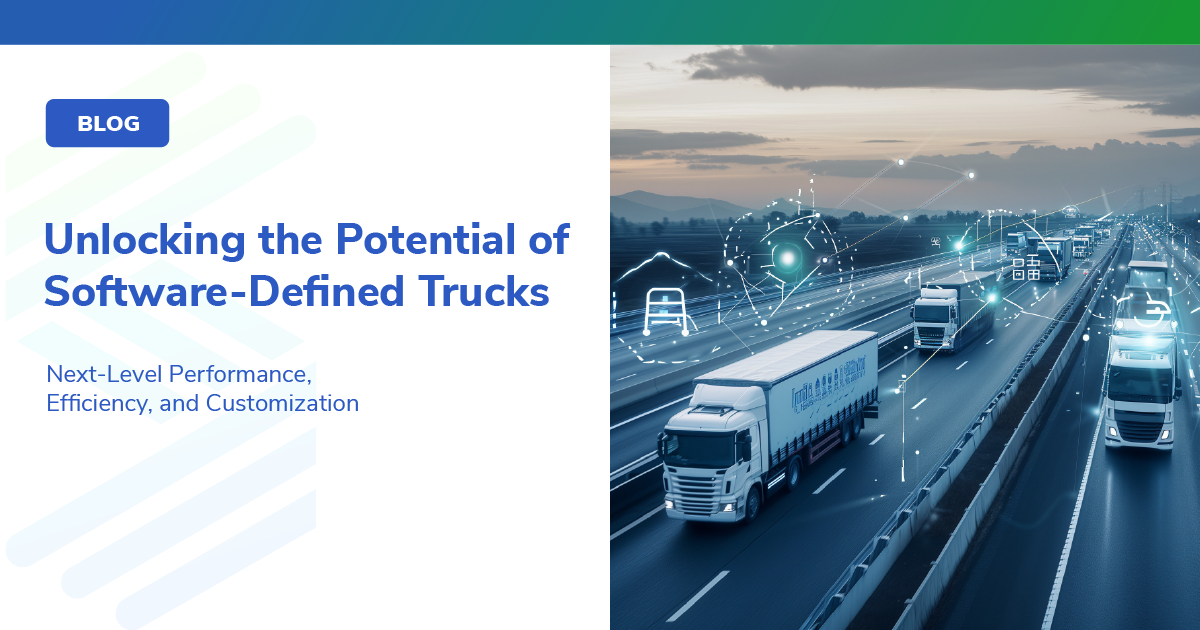
/
April 20, 2023
/
#
Min Read
Auto Tech Investment Tension 1: Cost of New Vehicle Architectures and Technologies
It’s well known that the automotive industry has longer product development cycles and even longer customer ownership periods than most consumer goods. These lengthy cycles pose serious business challenges to carmakers who must continue to develop profitable vehicle models while also placing strategic bets on new technologies. Making these tough choices in the present is the first step towards ensuring the future success of their businesses.
The advances in electrical architecture seen in both battery electric vehicles (BEVs) and software-defined vehicles is a major paradigm shift bringing unprecedented challenges to original equipment manufacturers (OEMs). Below is part one of a series of articles in which we dive into five of the biggest tensions executives must address as they move their vehicles and companies into the future.
Traditional Vehicle Architectures
Any car shopper knows the price of a new BEV is higher than a new internal combustion engine vehicle (ICE). What may not be apparent is that the battery isn’t the only factor. Some of the cost is associated with the electrical architecture.
Traditional cars and trucks have hundreds of low-power, relatively low-capability computers all catered to efficiently performing a single task. These computers, or electronic control units (ECUs), are for door locks, power seats, radio functions, fuel systems, steering, brakes, and every other function in the vehicle. These ECUs are cheap because they were designed, tested, validated, and proven safe and reliable many years ago. Today, they are widely manufactured by suppliers and used on a massive scale at very low margins.
New E/E Architectures
The generation of automobiles being developed today and coming to market in the near future aim to achieve a vision of a software-oriented vehicle with full over-the-air (OTA) update capabilities, connected services, new features on demand, and ever-improving ownership experiences. Accomplishing this requires high-powered software on par with home computers and smartphones.
The advanced vehicle architectures required to support these enhancements increase upfront costs, sometimes as much as $5,000 to $10,000 more per vehicle. However, the methods to increase overall revenue in order to justify these costs are often unclear.
These new architectures also require additional supply contracts, tooling, engineering, and software which pull valuable time and attention away from engineers who are already in high demand. This stress on engineering resources can sometimes lead to feature redesign failures or feature diminishment. In other words, the end customers ends up with less feature content than they had before.
When to Update Connected Vehicle Architectures
The questions OEM executives must answer in order to achieve their goals with minimal costs are:
- Which vehicle lines to update to a new architecture?
- When to update them?
- What new services and features to offer?
Often what they find is that the transition to new architectures will not happen all at once. Nor will it happen at the same rate for every vehicle manufacturer. Instead, it will be a piece-meal progression, one vehicle line at a time as they reach their predetermined life cycle end points and funding becomes available to begin the heavy lifting.
Bringing connected vehicle architectures into the future isn’t an easy task, but when done with forethought and strategy it yields high payoffs. To learn more about how Sibros can help support your connected and software defined vehicles, contact us today.













